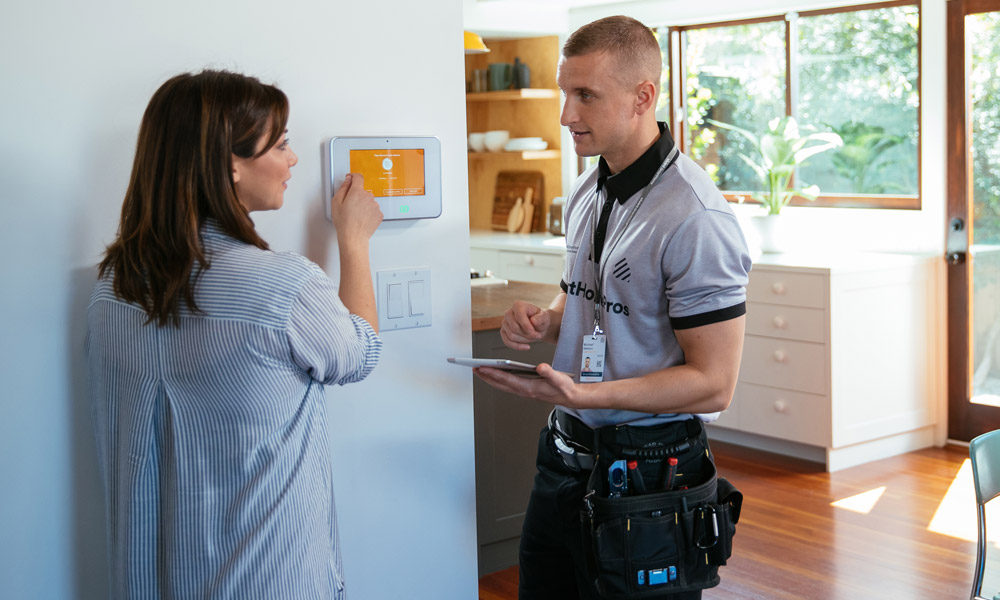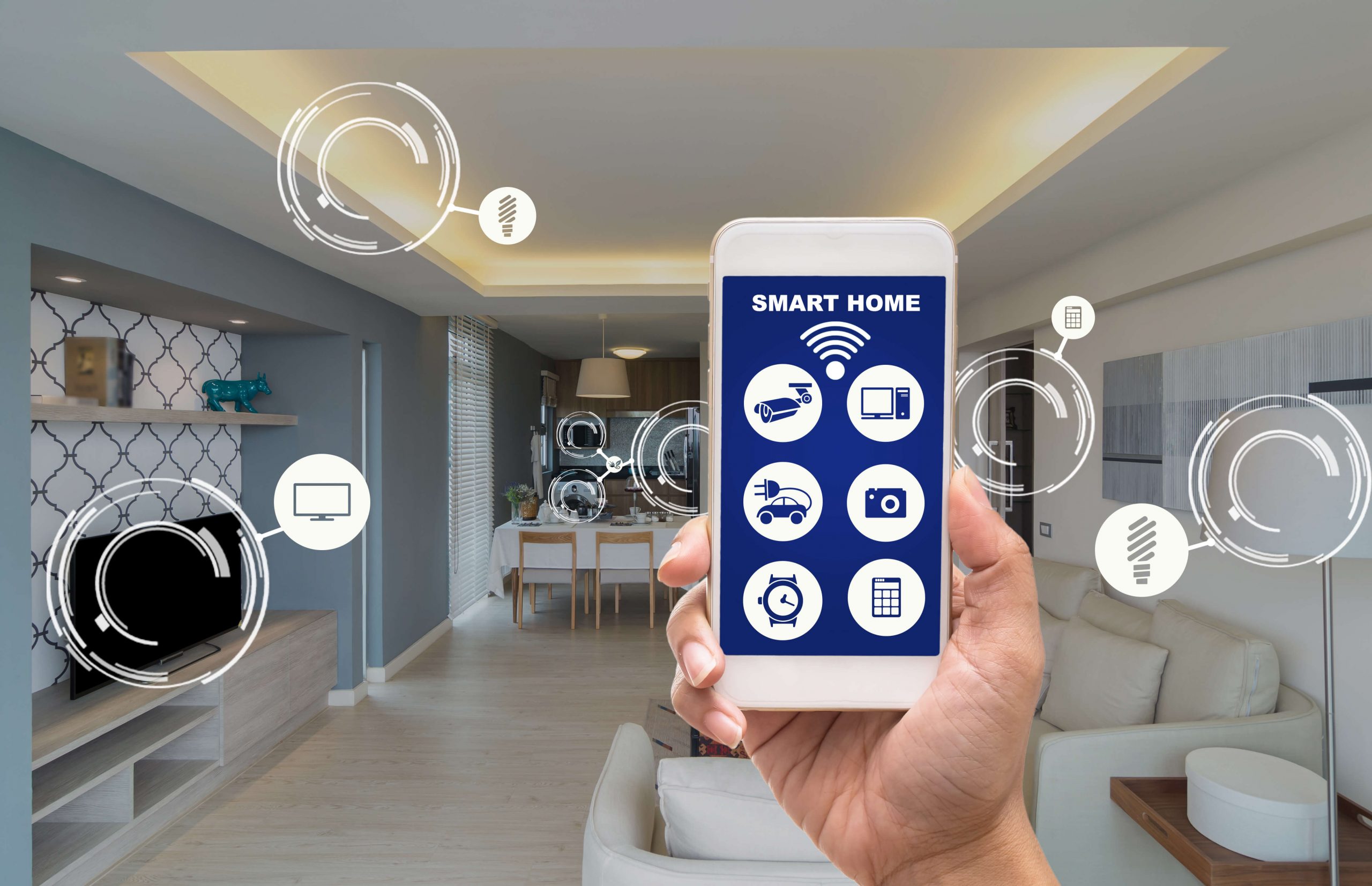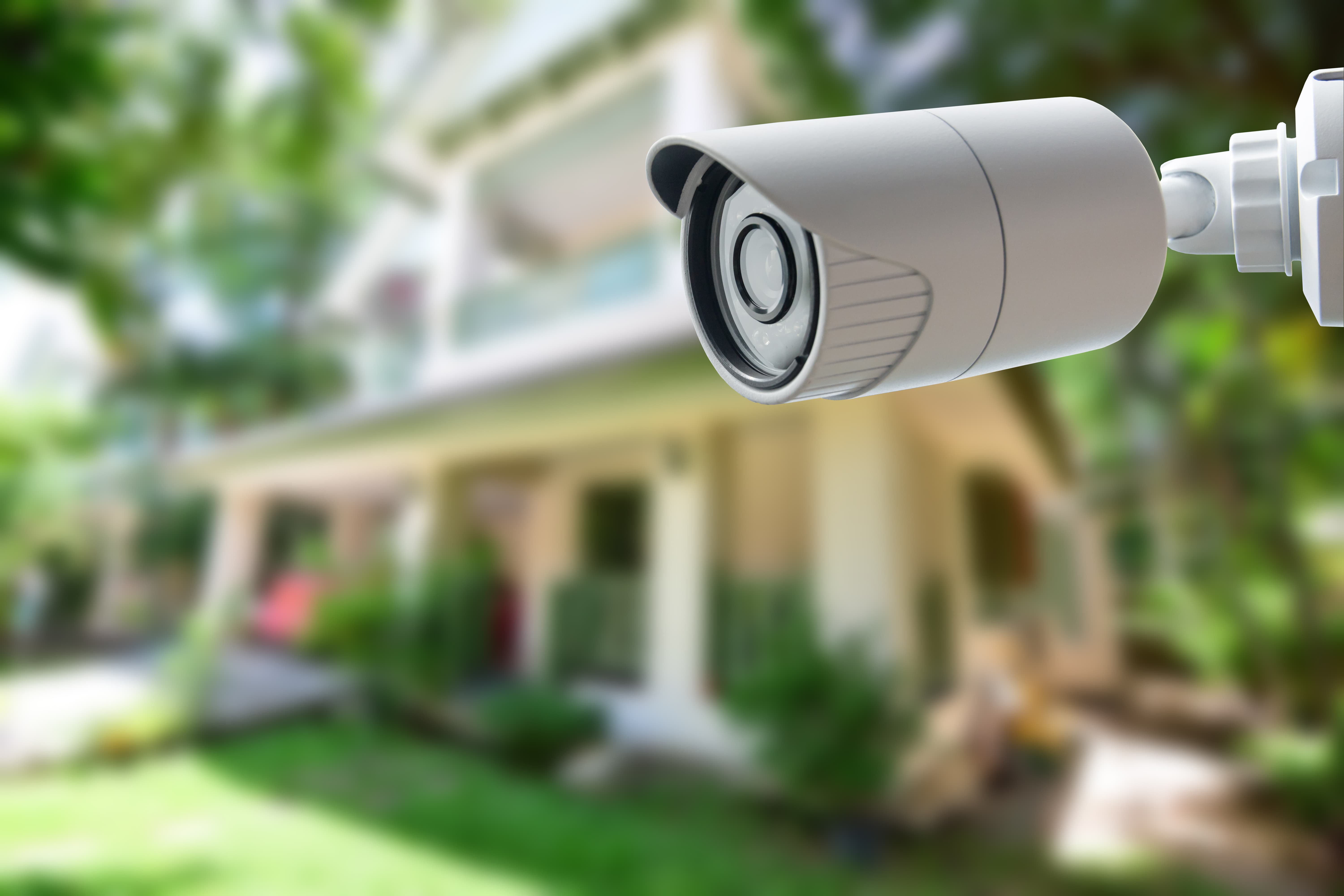Smart Security System Installation: A Comprehensive Guide
Embark on a journey through the world of smart security system installation, where innovation meets protection in a seamless blend. Explore the nuances of setting up a cutting-edge security system that redefines safety standards for modern homes and businesses.
Delve into the intricacies of planning, installation, integration, and maintenance as we unravel the elements that make smart security systems a game-changer in the realm of safeguarding what matters most.
Overview of Smart Security Systems

Smart security systems are advanced technological solutions designed to protect homes and businesses by utilizing cutting-edge features and capabilities.
How Smart Security Systems Differ
Smart security systems differ from traditional security systems in several key ways. Unlike traditional systems that rely on basic alarms and cameras, smart security systems are interconnected and can be controlled remotely through a smartphone or computer. They often include features such as motion detection, facial recognition, and integration with other smart devices in the home.
Key Components of Smart Security Systems
- Smart Cameras: High-definition cameras that can be accessed remotely to monitor activity.
- Motion Sensors: Sensors that detect movement and trigger alerts or alarms.
- Smart Door Locks: Electronic locks that can be controlled and monitored remotely.
- Smart Alarms: Alarms that can be integrated with other devices and send notifications to the homeowner.
Benefits of Installing a Smart Security System
- Remote Monitoring: Keep an eye on your property from anywhere in the world.
- Increased Security: Advanced features like facial recognition and smart alarms enhance overall security.
- Integration with Smart Devices: Smart security systems can work seamlessly with other smart devices in your home.
- Peace of Mind: Knowing that your property is protected and being able to respond quickly to any potential threats.
Planning for Installation

When installing a smart security system, proper planning is essential to ensure the system meets the specific needs of the property and provides adequate protection. Here is a step-by-step guide on planning for a smart security system installation:
Choosing the Right Smart Security System
- Consider the size and layout of the property to determine the number of cameras and sensors needed.
- Research different smart security systems available in the market and compare their features and capabilities.
- Ensure the system is compatible with other smart devices in the property, such as smartphones or voice assistants.
- Look for systems with remote monitoring and control options for added convenience.
Importance of Conducting a Security Assessment
Before installing a smart security system, it is crucial to conduct a security assessment of the property. This assessment helps in identifying potential vulnerabilities and determining the most effective placement of cameras and sensors. Factors to consider during a security assessment include:
- Entry points: Identify all entry points into the property, including doors, windows, and any other potential access areas.
- Surveillance areas: Determine the key areas that require monitoring, such as the front door, backyard, or garage.
- Security goals: Define the specific security goals for the property, such as deterring burglars, monitoring children or pets, or enhancing overall safety.
- Integration: Consider how the smart security system can integrate with existing security measures, such as alarms or motion sensors.
Installation Process

When it comes to installing a smart security system, it's important to follow a systematic approach to ensure everything works smoothly and effectively. From setting up cameras to positioning sensors, each component plays a crucial role in enhancing the security of your property.
Installing Cameras
- Choose strategic locations for your cameras, such as entry points, driveways, and backyards, to maximize coverage.
- Ensure that the cameras are placed at a height where they can capture clear images and have a wide viewing angle.
- Securely mount the cameras to prevent tampering and ensure they are weatherproof for outdoor use.
Positioning Sensors
- Install motion sensors at key areas where intruders are likely to pass through, such as hallways and staircases.
- Place door and window sensors on all entry points to detect unauthorized access and trigger alerts.
- Test the sensors after installation to verify that they are detecting movements accurately and sending signals to the control panel.
Common Challenges and Solutions
- Interference with Wi-Fi signals can disrupt the connectivity of your smart security system. To overcome this, position the control panel and cameras closer to the router or use Wi-Fi extenders.
- Difficulties in cable management during installation can be resolved by using cable clips and organizing the wires neatly to prevent tangling and damage.
- If you encounter issues with the setup or configuration of the system, refer to the manufacturer's instructions or seek assistance from professional installers to ensure everything is properly configured.
Integration and Connectivity
Smart security systems are designed to seamlessly integrate with other smart home devices, creating a connected ecosystem that enhances overall security and convenience for homeowners. This integration allows for a more comprehensive approach to home security, enabling different devices to work together and provide a more robust protection system.
Importance of Connectivity and Remote Access
- Remote Access: One of the key features of smart security systems is the ability to access and control them remotely. This means that homeowners can monitor their security system, receive real-time alerts, and even arm or disarm the system from anywhere using their smartphone or tablet.
- Integration with Other Smart Devices: Smart security systems can be integrated with other smart home devices such as smart lights, smart locks, and smart cameras. This integration allows for a more cohesive approach to home automation and security, where different devices can communicate with each other and respond to triggers or events.
- Enhanced Security: The connectivity of smart security systems not only provides convenience but also enhances the overall security of the home. With features like remote monitoring and alerts, homeowners can have peace of mind knowing that their home is secure even when they are away.
Control and Monitoring through Mobile Apps or Voice
- Mobile Apps: Most smart security systems come with dedicated mobile apps that allow homeowners to control and monitor their security system on-the-go. These apps provide a user-friendly interface where users can view live camera feeds, receive notifications, and customize settings.
- Voice Control: With the rise of smart assistants like Amazon Alexa and Google Assistant, smart security systems can now be controlled using voice commands. Homeowners can arm or disarm their security system, check the status of sensors, or even play back video footage using voice commands, adding a new level of convenience to home security.
Maintenance and Troubleshooting
Proper maintenance is key to ensuring the longevity and optimal performance of your smart security system. By following a maintenance schedule and being aware of common issues that may arise, you can troubleshoot effectively and keep your system running smoothly.
Maintenance Schedule for Smart Security Systems
- Regularly check and test all cameras, sensors, and alarms to ensure they are functioning properly.
- Update firmware and software as needed to keep your system secure and up to date.
- Clean camera lenses and sensors to maintain clear visibility and accuracy.
- Inspect wiring and connections for any signs of wear or damage.
- Replace batteries in wireless devices on a regular basis to prevent malfunctions.
Common Issues and Troubleshooting
- Connection Problems:If your smart security system is having trouble connecting to the network, check your Wi-Fi signal strength and router settings. Ensure all devices are within range and try restarting the system.
- False Alarms:To address false alarms, adjust motion sensor sensitivity settings and ensure there are no obstructions interfering with sensors. Regularly check for pets or moving objects that could trigger false alerts.
- Camera Quality Issues:If your camera footage is blurry or unclear, clean the lenses and adjust camera positioning. Check for any obstructions blocking the view and ensure proper lighting for clearer images.
- System Glitches:Rebooting the system or resetting devices can often resolve software glitches or system malfunctions. Ensure all devices are properly synced and communicating with the central hub.
Tips for Longevity and Performance
- Regularly update software and firmware to benefit from the latest security features and bug fixes.
- Secure your network and devices with strong passwords and encryption to prevent unauthorized access.
- Monitor battery levels in devices and replace them promptly to avoid system failures.
- Invest in surge protectors and backup power sources to safeguard your smart security system during power outages.
Concluding Remarks
In conclusion, smart security system installation transcends mere protection; it offers peace of mind and unparalleled convenience. With the right knowledge and tools at your disposal, you can fortify your surroundings with a shield of advanced technology that adapts to your needs seamlessly.